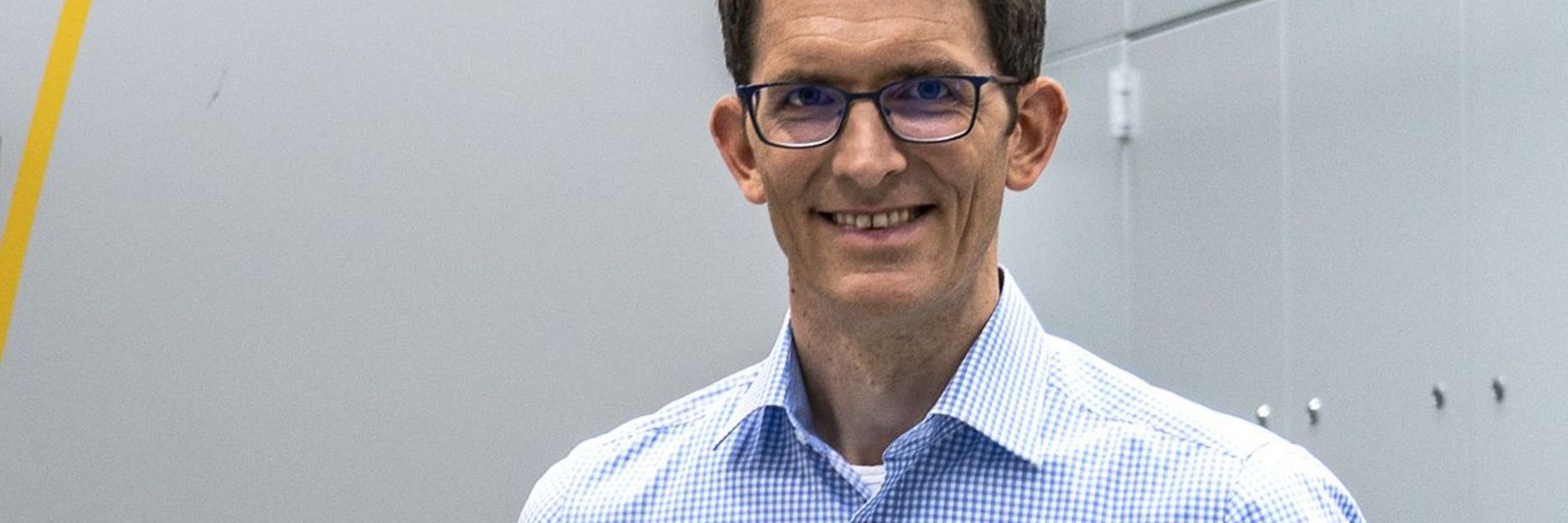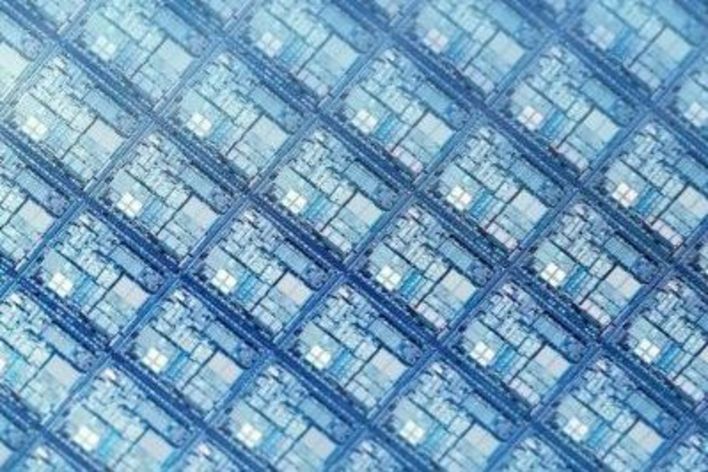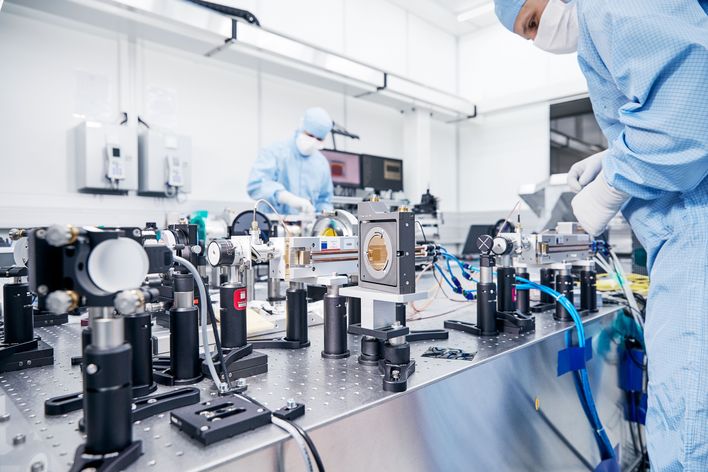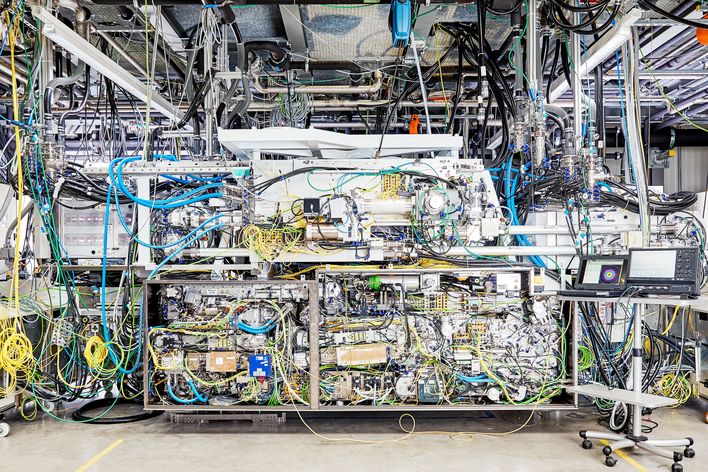Congratulations on winning the 2020 German Future Prize, Mr Kösters! How does it feel?
Fantastic! It’s a tremendous success and a real motivation booster for the whole EUV team at TRUMPF. The German Future Prize is a prestigious award, so it was a very special moment when the Federal President presented it. We were all quite tense waiting for Frank-Walter Steinmeier to rip open the envelope and reveal the winners! I’m so proud of what we’ve already achieved together, and we’re still busy working on additional improvements.
You won the award for EUV lithography. Can you explain what that is and what part TRUMPF lasers play in it?
EUV lithography is a technology for fabricating the latest generation of microchips – the kind of chips we use in modern smartphones. To harness this technology, chipmakers need lithography systems from ASML to expose silicon wafers to extreme ultraviolet, or EUV, light. Producing this extremely short-wavelength radiation is a complex business that requires us to equip lithography systems with the world’s most powerful industrial pulsed laser, which is made exclusively by TRUMPF. Inside the lithography system, a generator fires 50,000 droplets of molten tin a second, each of which must be struck twice by the laser in order to atomize it into a plasma to generate UV light. Only a high-power laser is capable of such a feat, and it involves technology on a truly gigantic scale. Our laser weighs more than 10 metric tons and consists of almost half a million individual components. And at 220,000 degrees Celsius, the plasma used to generate EUV light is almost 40 times hotter than the surface of the sun.
What makes your achievements stand out? And what does the future hold for EUV lithography?
EUV lithography was only made possible by pushing the limits of what was technically feasible into entirely new dimensions. Together with our partners ZEISS and Fraunhofer, we have jointly filed over 2,000 patents. It’s amazing to see EUV coming out of the laboratory and actually being put to use on the shop floor. So much of this is due to the fantastic collaboration we had with our partners. I’m also delighted to see this kind of high-tech solution being developed on the German and European stage, and coming from a family-owned company like TRUMPF. As to the future of EUV lithography and memory chips, we still have a lot of work ahead of us. But it’s looking tremendously promising in areas such as autonomous driving and artificial intelligence. There’s no doubt in my mind that EUV will be the dominant force over the next ten years.




